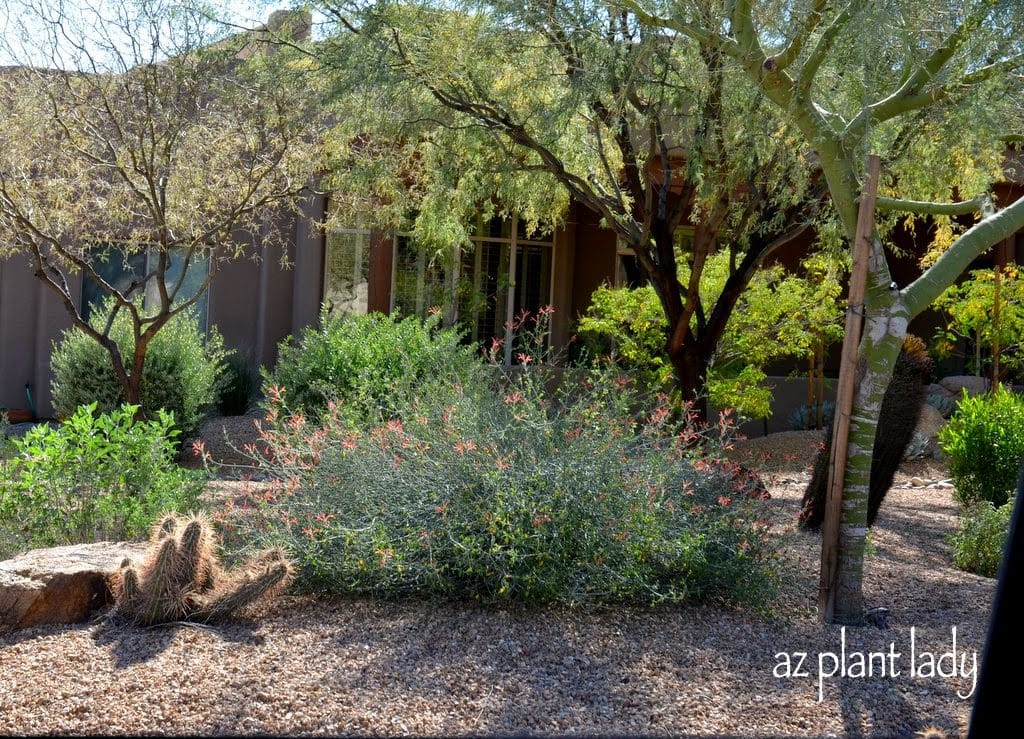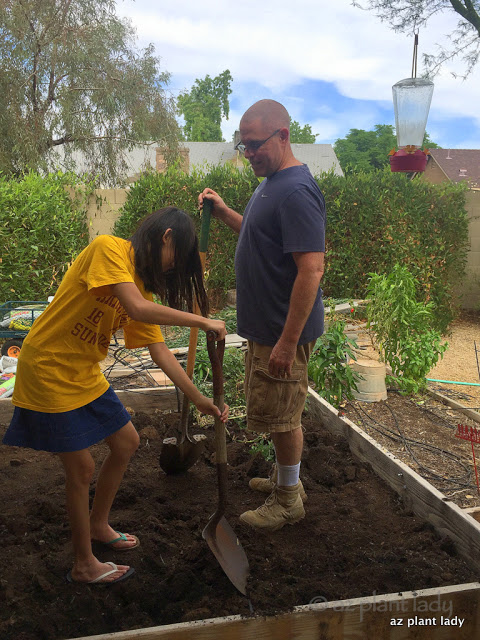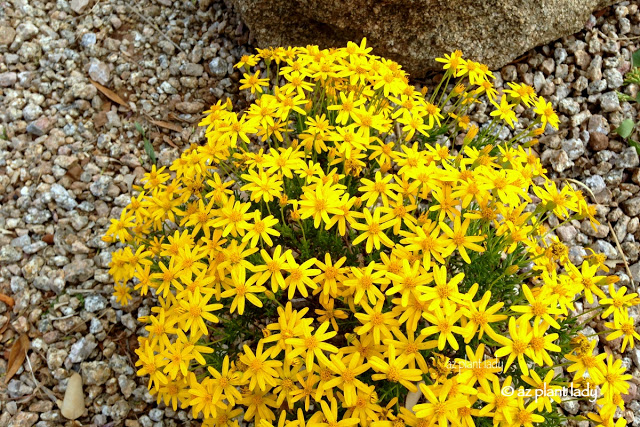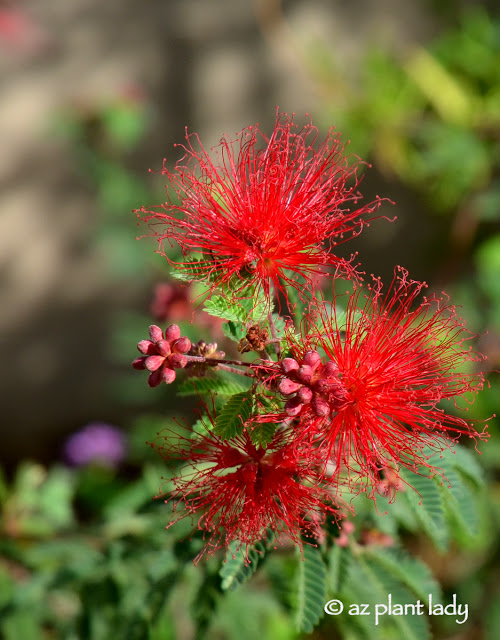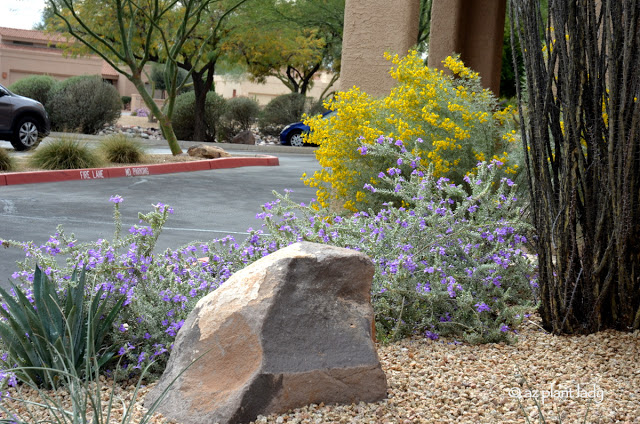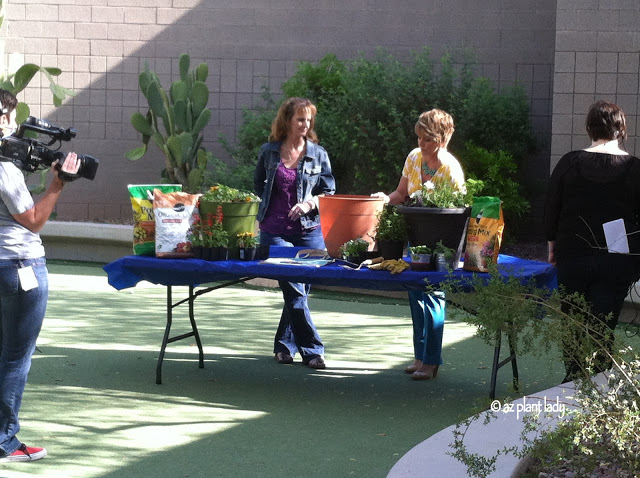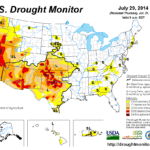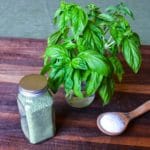Perennials for a Drought Tolerant Garden & Radio Interview
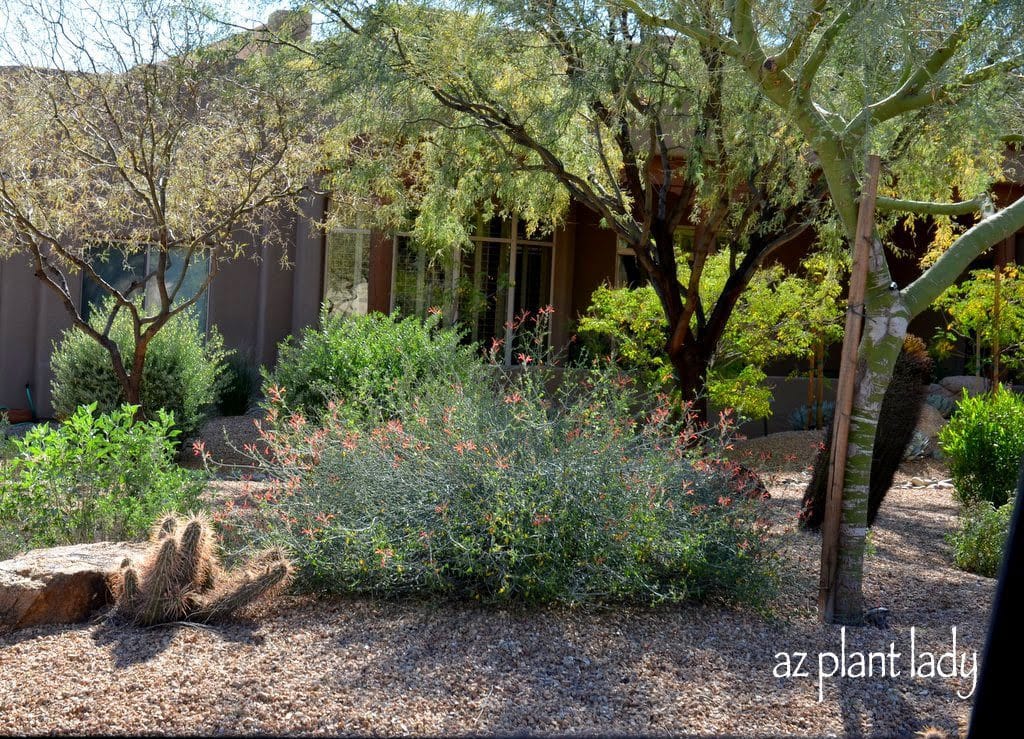
Earlier this week, I mentioned I was being interviewed about drought tolerant gardening for several radio stations throughout the country.
This morning, I am doing a live interview for the public radio station, KERA in Dallas, Texas. I will be taking viewer questions throughout the program. *You can listen to it here, if you like.
I must admit to being a little nervous, but am mostly excited to talk about a subject that I am passionate about and have a lot of experience with having lived in California and now Arizona.
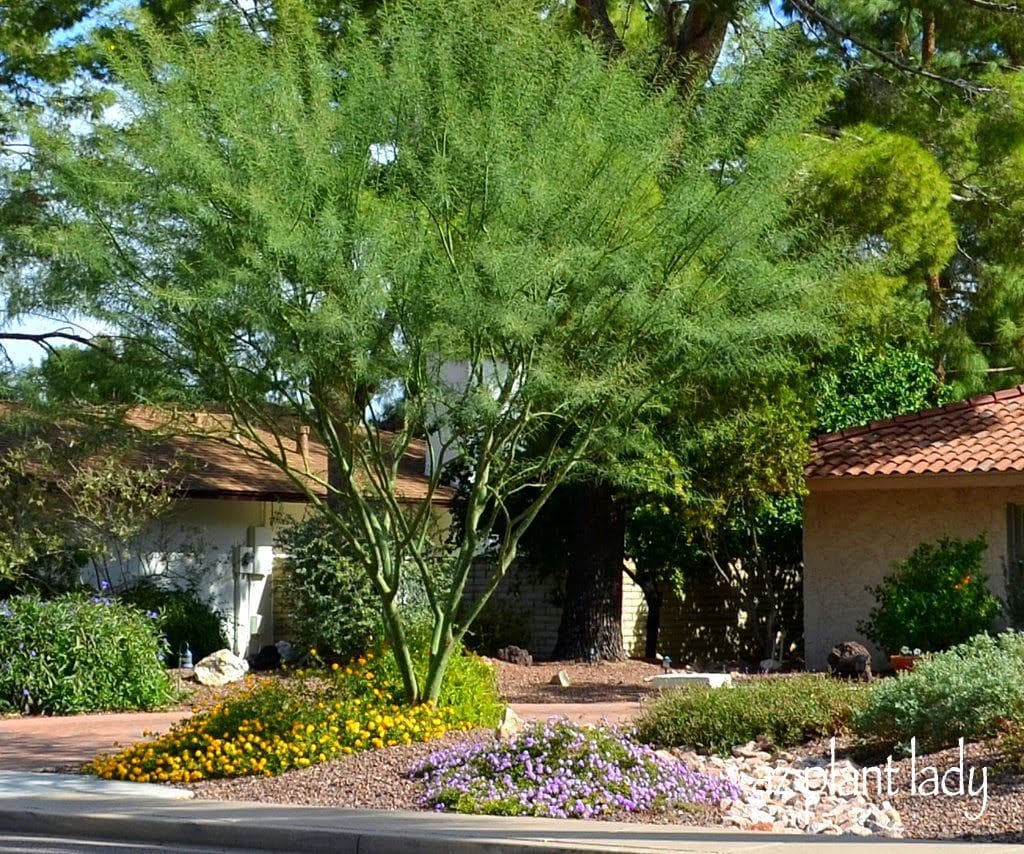
In my last post I talked to you about 10 steps toward a drought tolerant garden.
As I promised, it is time to decide what to plant in your water wise garden.
Today, let’s talk about one of my favorite group of plants – perennials.
The perennials I am sharing with you can grow in a variety of climates throughout the United States and I will note their USDA planting zones.
*For best results, the following guidelines should be followed when planting these or any drought tolerant plants:
– Plant in well-drained soil.
-Amend the existing soil with compost at a ration of 1:1.
– The planting hole should be 3X as wide as the root ball to allow the roots to grow outward more easily and the plant to establish more quickly.
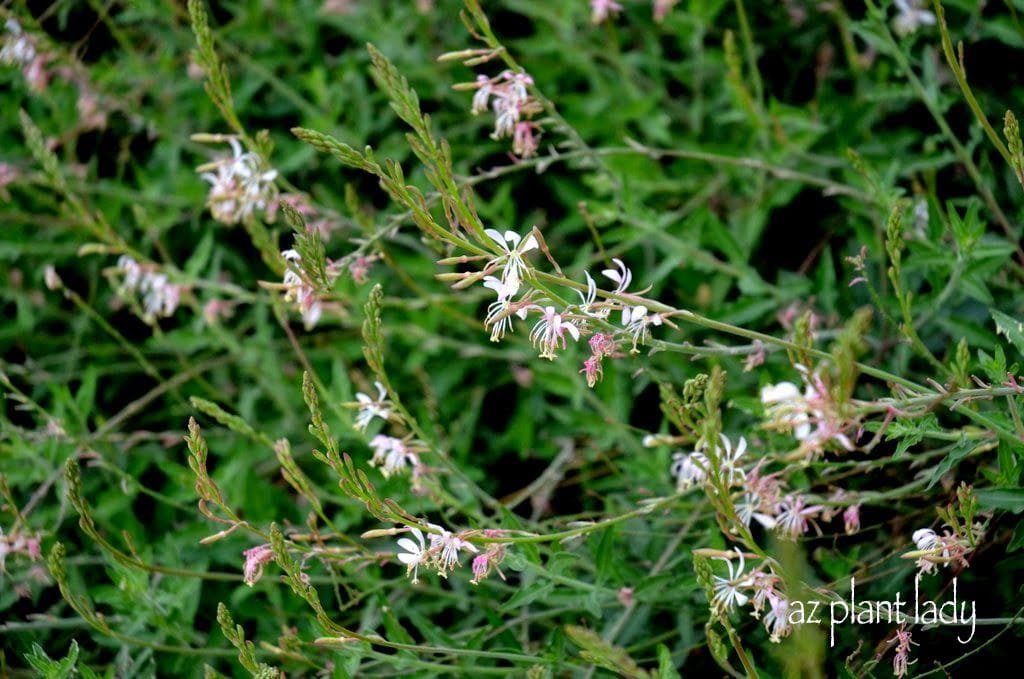
Photo: White Gaura (Gaura lindheimeri)
White gaura has a central place in my drought tolerant landscape. I have three growing underneath my front window where I can enjoy their delicate, butterfly-shaped flowers that appear in spring and fall where I live in the low desert.
In cooler locations, it blooms spring through summer. This white-flowering native grows approximately 2 ft. tall and wide.
Hardy to zone 7 – 10, plant gaura in well-drained soil.
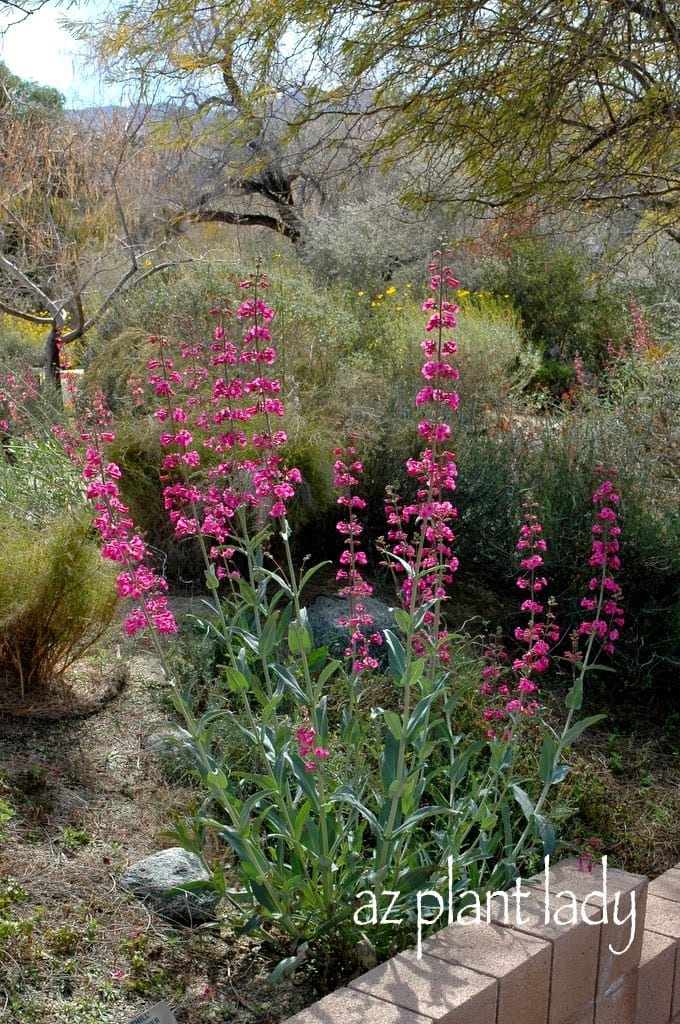
Photo: Penstemon species
The arrival of spring is heralded by the flowering spikes of penstemon. There are many different species of native penstemon and all have a place in a drought tolerant garden.
Hummingbirds will flock to your garden to enjoy the nectar from its blooms. The base rosette of penstemons are approximately 1 foot high and 1 – 2 feet wide when not in flower.
The species you choose depends on your region and their cold hardiness ranges from zone 4 – 10. Plant in full sun to filtered shade in well drained soil.
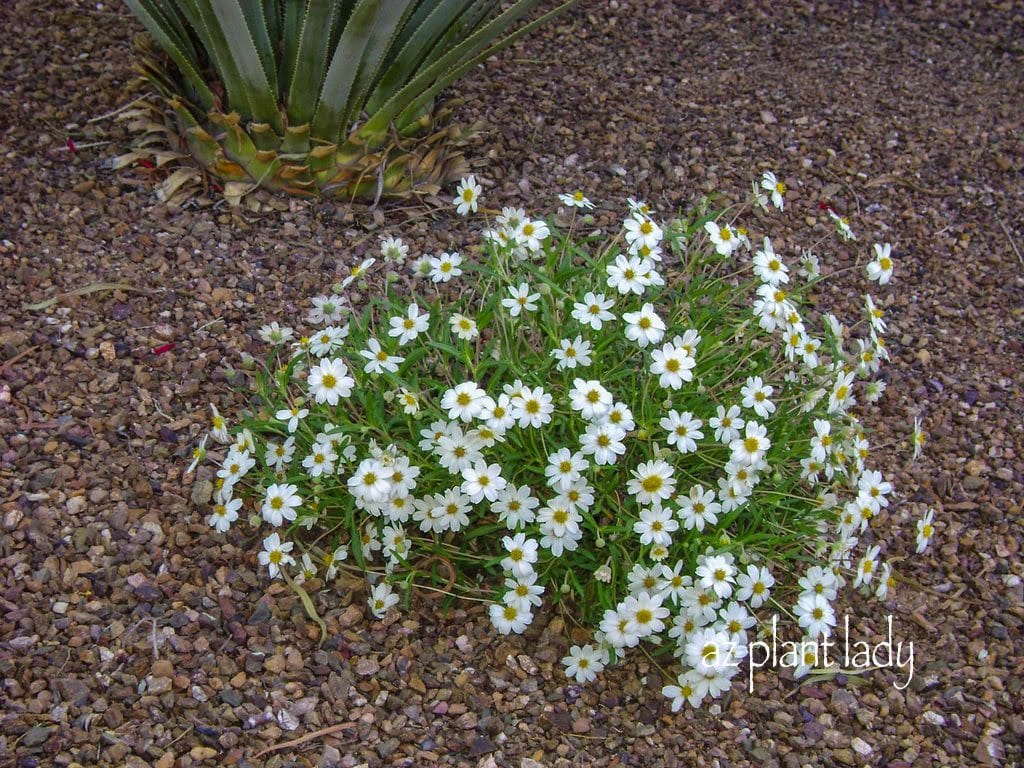
Photo: Blackfoot Daisy (Melampodium leucanthum)
If you like white daisies, than this is a drought tolerant perennial that deserves a place in your garden.
Blackfoot daisies are a native, mounding plant that grow 12 inches tall and 18 inches wide. Don’t let their straggly appearance fool you when you see them at the nursery – once they are planted and have a chance to grow roots, they will fill in and look great.
I like to plant blackfoot daisies next to boulders where their soft texture provides beautiful contrast.
Plant in full sun, well-drained soil. Hardy to zone 5 – 10.
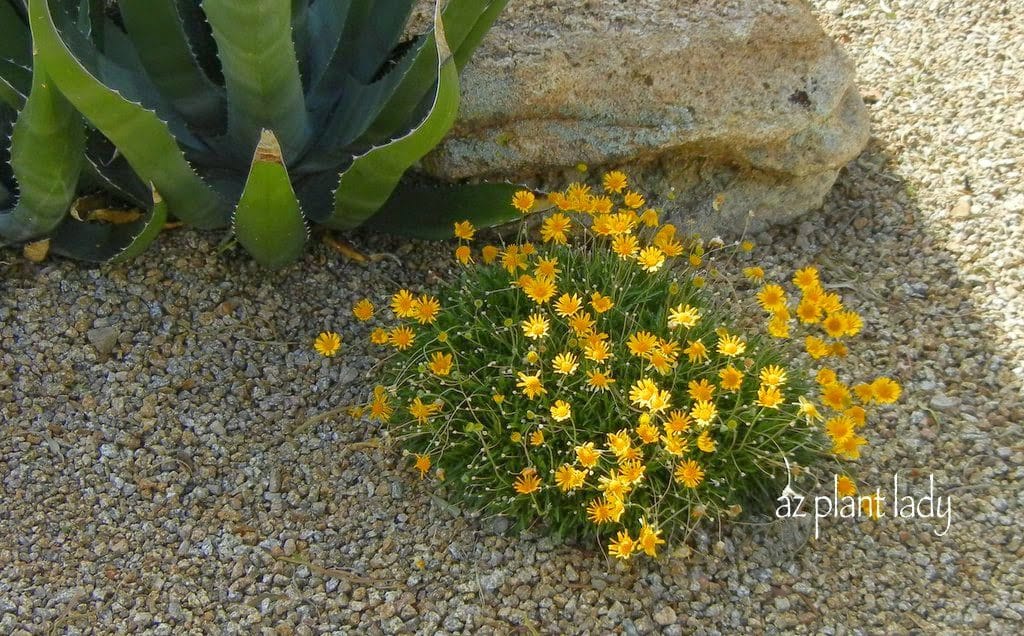
Angelita Daisy / Perky Sue (Tetraneuris acaulis – formerly Hymenoxys)
Here is one of my all time favorite perennials. I use it often in my designs and landscapes that I have managed in the past.
Angelita daisies are native to the United States, which add a welcome spot of color to the garden. Don’t let their delicate appearance fool you – they are very tough.
Plant them in groups of 3 or 5 for best effect in areas with full, (even reflected) sun to filtered shade. Gardeners in zones 5 – 10, can grow this pretty little perennial that reaches 1 foot high and tall.
In zone 8 gardens, it is evergreen and will flower throughout the year. For those who live in zones 5 – 7, it can die back to the ground, but will quickly grow back in spring and provide yellow blooms throughout the summer into early fall.
In zones 4 and below, angelita daisy is often grown as an annual.
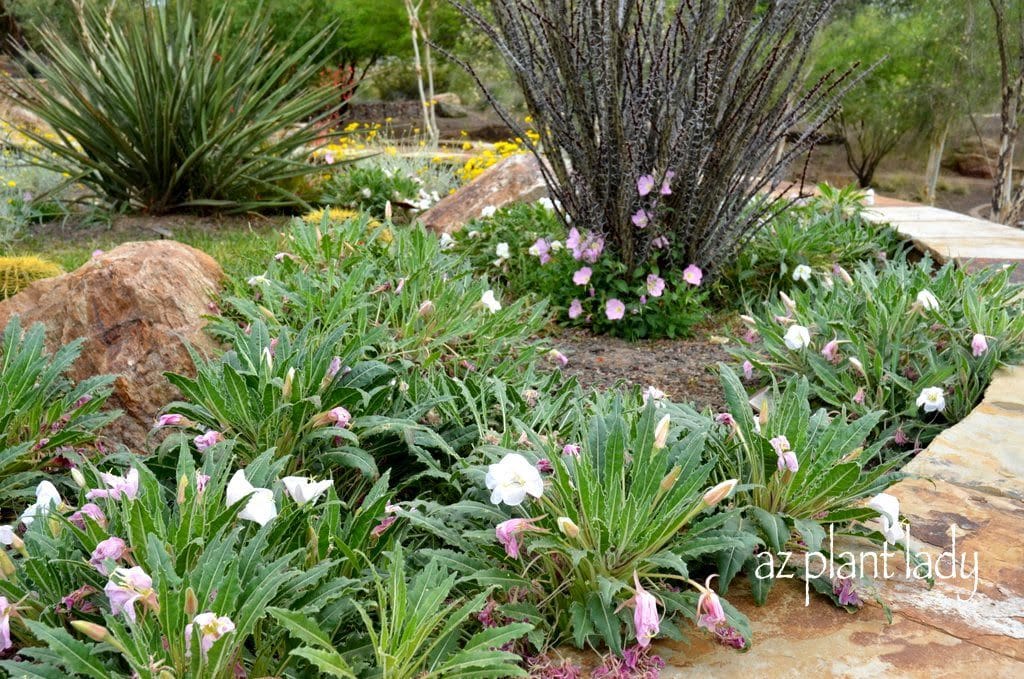
Photo: Tufted Evening Primrose (Oenothera caespitosa)
The flowers of tufted evening primrose open at night where their white blooms illuminate the garden.
As flowers fade, they turn pink. Plant this native alongside boulders or at the base of spiky plants such as sotol (desert spoon) where you can show off the contrast in textures.
Plant in full sun to filtered shade in well-drained soil for best results. Hardy to zones 8 – 10.
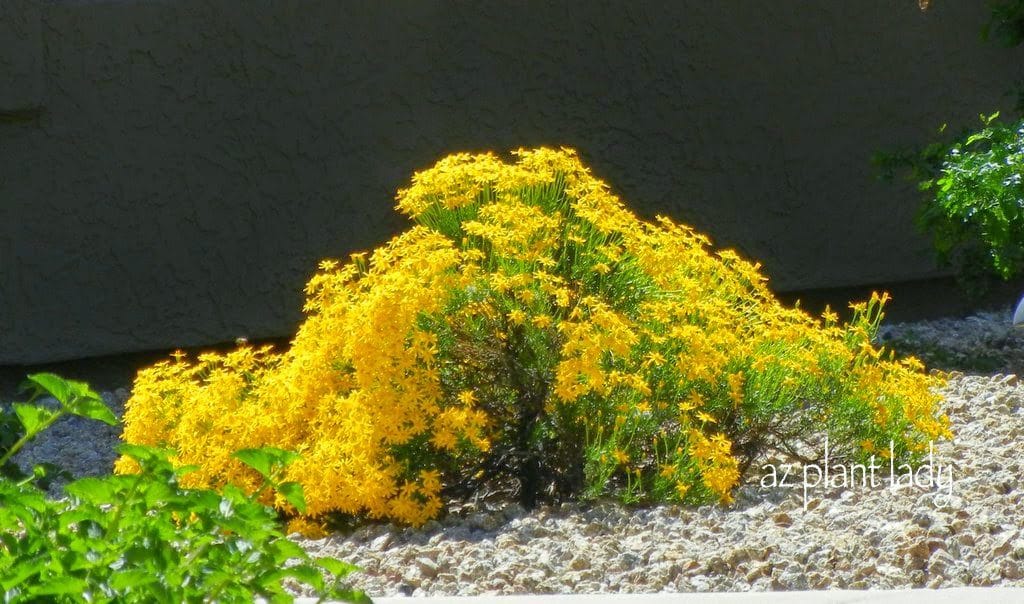
Photo: Damianita (Chrysactinia mexicana)
It’s hard to find a native plant that can compete with the golden yellow blooms of damianita.
This shrubby perennial grows 1 foot high and 2 feet wide. Masses of yellow flowers appear in spring and fall covering the bright green needle-like foliage.
Hardy to zones 7 – 10, damianita needs full sun and well-drained soil. Prune back to 6 inches in spring after flowering has finished to keep it compact and reduce woody growth.
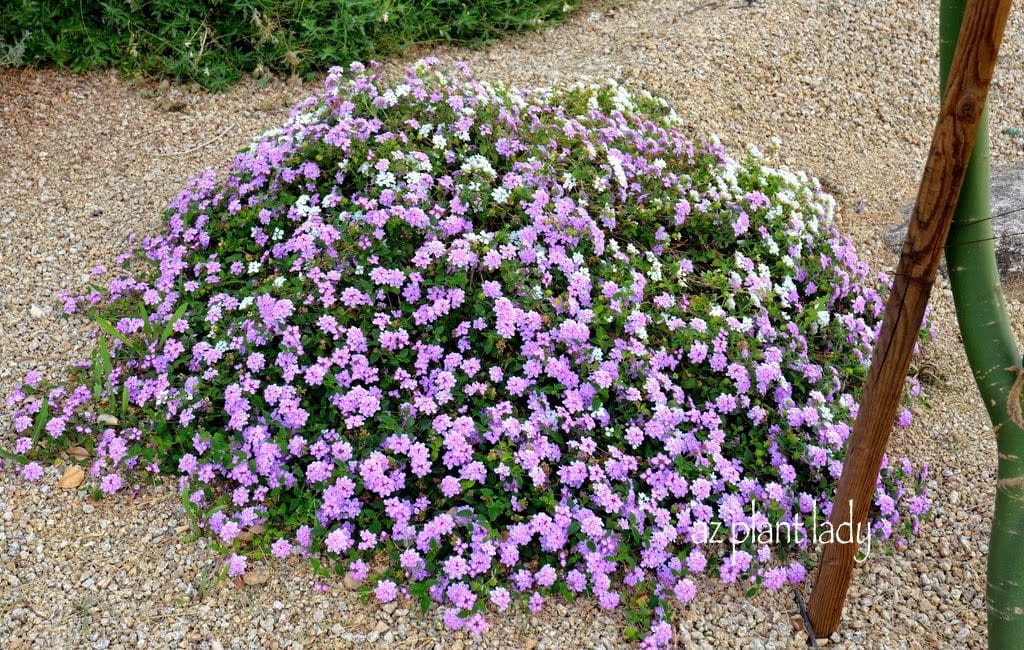
Photo: Trailing Lantana (Lantana montevidensis)
While not a native, trailing lantana is a plant that is well adapted to arid climates and is a popular choice for drought tolerant gardens. It also is a butterfly magnet.
*Lantana can be invasive in warm, humid climates but in arid regions, this is not a problem.
Trailing lantana grows up to 1 foot high and 3 feet wide. Plant in full sun or filtered shade.
Although lantana is not cold hardy (it grows in zones 8 – 10), it is often grown as an annual in colder climates. Flowers appear quickly after the danger of frost has passed that last until the first frost in fall / winter. Shear back to 6 inches in spring once the freezing temperatures have ended.
Any of these beautiful perennials will add beauty to your drought tolerant garden.

 Noelle Johnson, aka, 'AZ Plant Lady' is a author, horticulturist, and landscape consultant who helps people learn how to create, grow, and maintain beautiful desert gardens that thrive in a hot, dry climate. She does this through her consulting services, her online class Desert Gardening 101, and her monthly membership club, Through the Garden Gate. As she likes to tell desert-dwellers, "Gardening in the desert isn't hard, but it is different."
Noelle Johnson, aka, 'AZ Plant Lady' is a author, horticulturist, and landscape consultant who helps people learn how to create, grow, and maintain beautiful desert gardens that thrive in a hot, dry climate. She does this through her consulting services, her online class Desert Gardening 101, and her monthly membership club, Through the Garden Gate. As she likes to tell desert-dwellers, "Gardening in the desert isn't hard, but it is different."
